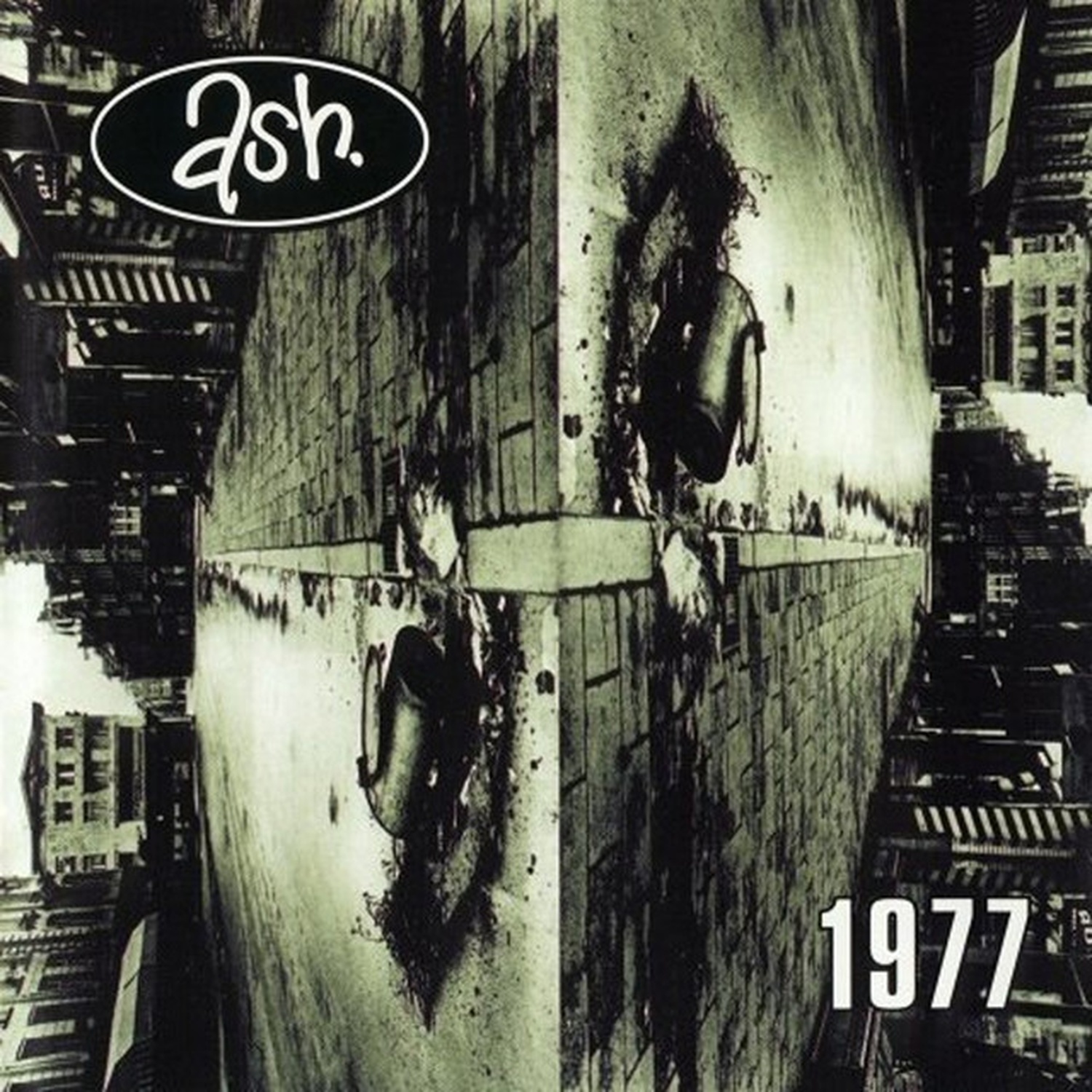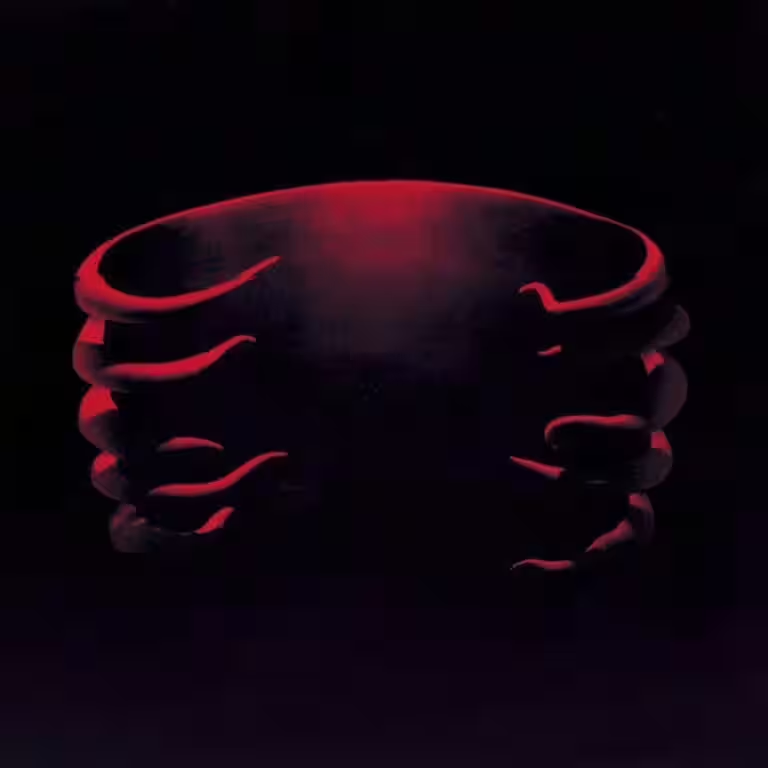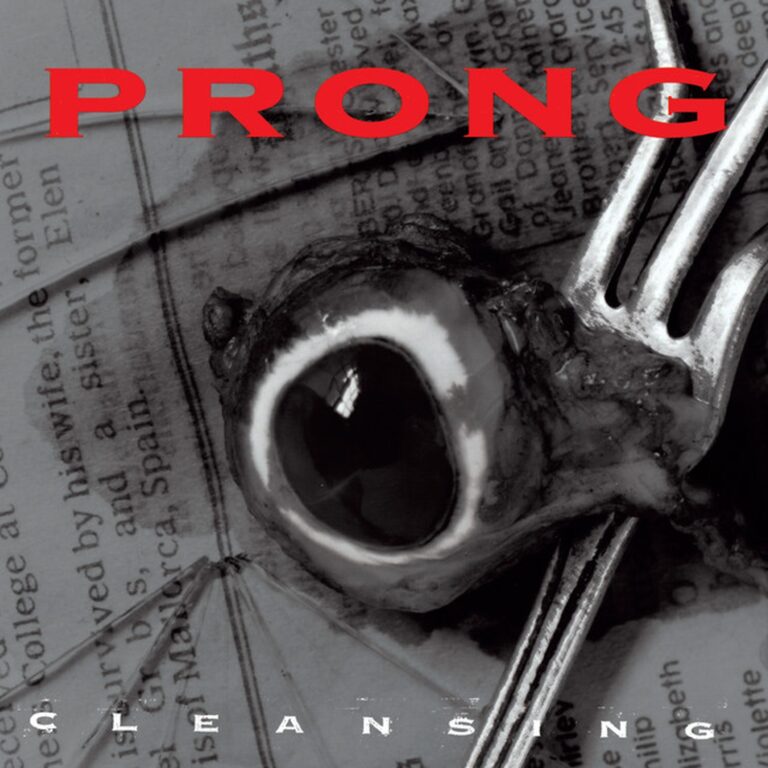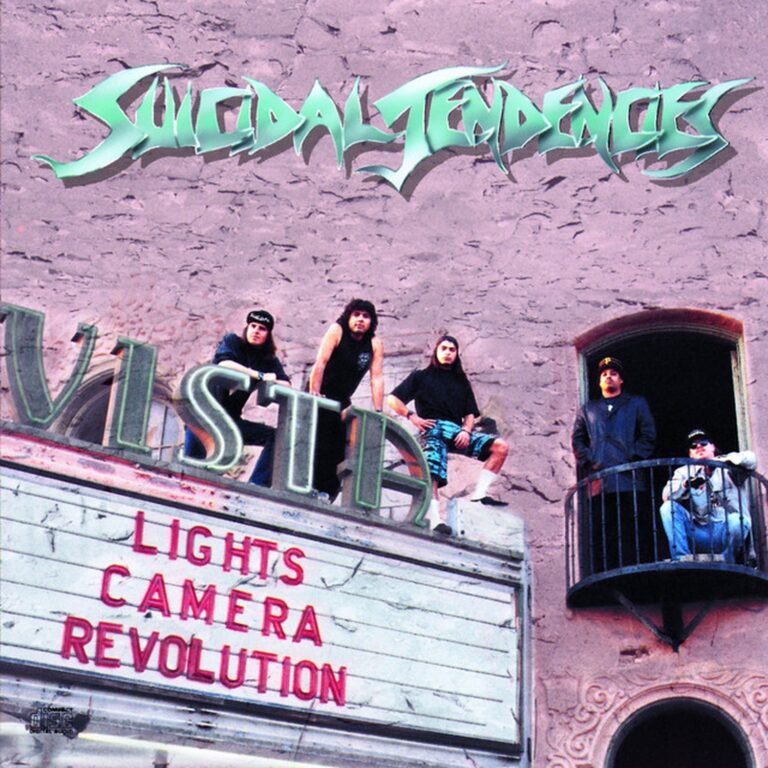
1977 by Ash: A Landmark in 90s Alternative Rock
There are albums that capture the restless spirit of youth, and then there is 1977 by Ash. Released in 1996, this record did more than launch a trio of Northern Irish teenagers into the spotlight. It gave voice to a generation of outsiders and daydreamers, mixing sci-fi obsession with punk energy and pop hooks. From the opening blast of “Lose Control” to the final echoes of “Darkside Lightside,” 1977 is an album that refuses to grow old.
In this article, I will take you through every aspect of 1977. We will explore its origins, the creative forces behind it, and the recording process. I will examine the album’s commercial impact, the stories behind each track, the meaning of its most beloved singles, and how Ash took these songs on the road. You will also discover the influences that shaped the album, its enduring legacy, and how it fits into the wider cultural landscape of 1996. Expect facts, anecdotes, and honest reflection—this is the most complete resource on Ash’s breakthrough.
| Attribute | Details |
|---|---|
| Release date | 6 May 1996 (UK) |
| Album title | 1977 |
| Genre | Alternative rock, Britpop, Pop punk |
| Total runtime | ~42 minutes |
| Number of tracks | 12 |
| Record label | Infectious Records |
| Recording studio | Rockfield Studios, Wales |
| Producer(s) | Owen Morris |
Looking back, 1977 did more than score hits; it gave Ash a seat at the table of 90s alternative music. The album’s influence continues to echo, with NME naming it one of the 500 greatest albums of all time. Mark Hamilton once summed up its impact: “We didn’t know what we were doing. That’s why it worked. We were just escaping school, making noise, and writing what we thought were singles. It was pure, and people felt that.” (Guestlisted, 2013).
Tim Wheeler, the band’s main songwriter, reflected on the album’s success: “Goldfinger is the best song we’ve ever written, and the best words I’ve ever written.” (Genius Lyrics). For fans and critics alike, 1977 remains a snapshot of a time when the future was wide open and the amps were always turned up.
The Genesis of “1977”
Before 1977, Ash were three teenagers from Downpatrick, County Down, who dreamt of being in a band. The early 90s were a time of change for British music, with grunge, Britpop, and American alternative bands all vying for attention. In Northern Ireland, the Troubles cast a long shadow, but for Ash, music was a way out. They formed in 1992, inspired by the likes of Nirvana, Teenage Fanclub, and The Ramones.
Their first proper release was the mini-album Trailer in 1994. This collection showed a love for pop hooks and punk attitude, but the band was still learning. By the time they started writing for 1977, Ash had already released several singles, including “Jack Names the Planets” and “Kung Fu,” and were attracting attention for their energetic live shows. As Tim Wheeler explained, “We had no real game plan for the album. We just wrote what we thought were singles, and then filled in the rest.” (Guestlisted, 2013).
Owen Morris, who had just produced Oasis’s (What’s The Story) Morning Glory?, was brought in to produce 1977. His experience and willingness to take risks gave the sessions a unique edge. Mark Hamilton recalled, “Owen was all about vibe. He’d do things to keep it spontaneous, whether it was drinks, drugs, or dressing in drag. He saw us as a bigger risk than Oasis, and that made him want to work with us.”
The core creative force was the band itself. Tim Wheeler wrote most of the songs and handled guitar and vocals. Mark Hamilton played bass, while Rick McMurray was on drums. There were no guest musicians on the main album, though they would later add Charlotte Hatherley as a guitarist for live shows and future records.
Here is a breakdown of the band’s lineup and their roles during the making of 1977:
| Band Member | Instrument/Role |
|---|---|
| Tim Wheeler | Lead vocals, guitar, main songwriter |
| Mark Hamilton | Bass guitar, backing vocals |
| Rick McMurray | Drums, percussion, backing vocals |
Financing the album was a challenge. While there are rumours of the recording being funded by stolen cash or wild schemes, Mark Hamilton has admitted he does not remember the details and suspects the truth is more mundane (Guestlisted, 2013). Infectious Records backed the band, but the budget was tight. The pressure to deliver was real—Ash were still teenagers, barely out of school, making their first full-length album for a label expecting a hit.
The album’s title, 1977, is a nod to the year Star Wars was released, a film that meant everything to the band. Two members were also born that year. The album artwork reflects their love of sci-fi and cult movies, featuring playful references and a sense of youthful mischief. The cover and design were handled by The Designers Republic, known for their bold, futuristic style. This helped give 1977 a look as distinctive as its sound.
Recording Process
Recording 1977 was a whirlwind. The band decamped to Rockfield Studios in Wales, a legendary spot known for classic albums by Queen and Oasis. The sessions were led by Owen Morris, whose hands-on approach kept the energy high and the results unpredictable. The band arrived with songs in various states of completion, but the vibe in the studio was all about capturing raw excitement.
Owen Morris brought his own experience and style. He had just finished work on Oasis’s blockbuster and was keen to help Ash find their own sound. According to Mark Hamilton, Morris encouraged the band to embrace imperfection and spontaneity. This meant recording some tracks in just one or two takes. The band borrowed gear from The Verve, who were working on their own album nearby, and made the most of what they had. For example, “Kung Fu” was written in five minutes and recorded in a single take using The Verve’s equipment (Genius Lyrics).
The hardware and studio setup at Rockfield was typical of a mid-90s British rock record. While we do not have a detailed list of every microphone or compressor, we can make educated assumptions based on the era and the studio’s known gear. Below is a table outlining likely hardware and techniques used during the sessions:
| Hardware/Instrument | Details/Assumed Use |
|---|---|
| Mixing desk | Likely SSL or Neve analogue desk (standard at Rockfield in the 90s) |
| Tape machine | Studer 24-track tape recorder (commonly used at Rockfield) |
| Microphones | Shure SM57/SM58 for guitars/vocals, AKG D112 for kick drum, Neumann U87 for vocals (assumed based on studio standards) |
| Compressors | UREI 1176, LA-2A (likely for vocals and bass) |
| Guitars/amps | Fender Stratocaster, Gibson Les Paul, Marshall and Fender amps (based on period interviews and live photos) |
| Recording techniques | Live tracking, minimal overdubs, focus on capturing energy and first takes |
There were plenty of memorable moments in the studio. For instance, the closing track “Sick Party” is a recording of Mark Hamilton vomiting after a night out, with the rest of the band laughing in the background. The band’s youthful chaos was not just for show—it was woven into the record itself.
Owen Morris’s production credits are extensive. Here is a table of albums he produced, excluding 1977:
| Producer | Artist | Album | Year |
|---|---|---|---|
| Owen Morris | Oasis | (What’s The Story) Morning Glory? | 1995 |
| Owen Morris | The Verve | A Northern Soul | 1995 |
Commercial Performance and Reception
When 1977 was released, it made an immediate impact. The album entered the UK Albums Chart at number one, a rare feat for a debut. Singles like “Girl From Mars,” “Goldfinger,” and “Oh Yeah” all reached the UK Top 20. The band’s youthful image and catchy songs quickly won over both the music press and the public. In Ireland, Ash became heroes overnight.
Although exact global sales figures are hard to verify, the album achieved platinum status in the UK, selling over 300,000 copies. It remains Ash’s best-known and most celebrated release. Below is a table of Ash’s studio albums, with 1977 highlighted:
| Album | Year | Sales Data |
|---|---|---|
| 1977 | 1996 | Platinum (UK), 300,000+ |
| Nu-Clear Sounds | 1998 | Gold (UK) |
| Free All Angels | 2001 | Platinum (UK) |
| Meltdown | 2004 | Gold (UK) |
| Twilight of the Innocents | 2007 | Silver (UK) |
| Kablammo! | 2015 | – |
| Islands | 2018 | – |
| Race the Night | 2023 | – |
1977 was nominated for several awards and has been recognised in numerous “best of” lists. It remains one of the most successful debut albums from Northern Ireland, second only to records like Tourist History by Two Door Cinema Club and Call Off The Search by Katie Melua (BPI, 2022).
Several major albums were released in 1996 by similar artists. Here are a few:
- Everything Must Go by Manic Street Preachers
- Pinkerton by Weezer
- Life Is Peachy by Korn [Physical sales: over 2 million]
- Antichrist Superstar by Marilyn Manson
- Evil Empire by Rage Against the Machine
- Load by Metallica
- Roots by Sepultura
- Down on the Upside by Soundgarden
1977 was awarded platinum certification in the UK, and the singles “Girl From Mars” and “Goldfinger” both went Top 10. The album is regularly cited as one of the greatest British debut albums, and it helped pave the way for other Northern Irish bands to find success outside their home country.
Elsewhere in 1996, the heavy music world was in flux. The first Ozzfest tour launched, KISS reunited their original lineup, and Slayer released Undisputed Attitude. Alice in Chains played their last concert with Layne Staley, and Van Halen briefly reunited with David Lee Roth. It was a year of change and bold new releases across the spectrum of rock and metal.
Track Analysis
The singles from 1977 are legendary. “Kung Fu,” “Girl From Mars,” “Angel Interceptor,” “Goldfinger,” and “Oh Yeah” all made waves on the charts and in the hearts of fans. Each song tells its own story, blending personal experience with pop culture references. The songwriting credits go to Tim Wheeler, whose knack for melody and youthful storytelling set the tone for the album.
Below is a table of every song on the album, with writing credits and single status:
| Track Name | Length | Writing Credit |
|---|---|---|
| Lose Control | 3:36 | Tim Wheeler |
| Goldfinger* | 4:46 | Tim Wheeler |
| Girl from Mars* | 3:58 | Tim Wheeler |
| I’d Give You Anything | 3:25 | Tim Wheeler |
| Gone the Dream | 3:25 | Tim Wheeler |
| Kung Fu* | 2:41 | Tim Wheeler |
| Oh Yeah* | 4:43 | Tim Wheeler |
| Let It Flow | 3:24 | Tim Wheeler |
| Innocent Smile | 5:22 | Tim Wheeler |
| Angel Interceptor* | 2:38 | Tim Wheeler |
| Lost in You | 3:30 | Tim Wheeler |
| Darkside Lightside | 5:21 | Tim Wheeler |
Note: Songs marked with * were singles. “Goldfinger” reached number 5 in the UK, “Girl From Mars” number 11, “Kung Fu” number 57, “Oh Yeah” number 6, and “Angel Interceptor” number 14.
Song Meaning and Lyrics
Each single from 1977 tells its own story. “Kung Fu” is a playful tribute to martial arts films and 90s pop culture. Tim Wheeler wrote it in five minutes at Belfast International Airport and recorded it in one take using The Verve’s equipment. The lyrics reference Bruce Lee, Jackie Chan, and even the X-Men. The cover art, featuring Eric Cantona’s infamous kung fu kick, led to a bemused response from Cantona: “I spit on your record.” (Genius Lyrics)
“Girl From Mars” is a nostalgic love song about a mysterious girl who never quite feels real. Wheeler has said it was inspired by the loneliness that follows a breakup, wrapped in a science fiction metaphor (UCC Express). The song’s dreamy, wistful lyrics and soaring melody made it an instant classic.
“Angel Interceptor” is a burst of pure energy, blending heartbreak and hope. The lyrics touch on themes of escape and redemption, delivered with the urgency of youth. “Goldfinger,” often called Ash’s best song, is about waiting for someone you love on a stormy night. Wheeler’s lyrics are deeply personal, and the music’s shifting chords show influence from Brian Wilson and John Barry (Genius Lyrics).
“Oh Yeah” is a love letter to the golden days of summer and young romance. It captures the feeling of belonging and pride in a place and time, a sentiment echoed by many Northern Irish fans (Throne of Ulster blog).
All songs were written by Tim Wheeler, with the band collaborating on arrangements. The singles were produced with Owen Morris, whose style encouraged the band to take risks and keep things raw.
Touring and Promotion of 1977
Promotion for 1977 was relentless. Ash appeared on television, filmed music videos, and played every festival and club that would have them. Their live shows became legendary for their energy and unpredictability. The band toured extensively in 1996, playing 90 shows across the UK, Ireland, Europe, the United States, Australia, and New Zealand (Setlist.fm).
The UK and Ireland dates were the core of the tour, but Ash also played major festivals such as Glastonbury and Reading. Notably, they supported acts like U2 and shared bills with Oasis and Supergrass. The band’s youth and the chaos of touring made for a steep learning curve, but they quickly gained a reputation as one of the most exciting live acts of the time.
One highlight was their Reading Festival performance, where “Kung Fu” was recorded live for a special single release. In total, Ash played 30 shows in the US, 23 in the UK, 8 in Australia, 8 in Germany, 5 in Ireland, and dates in France, the Netherlands, and Scandinavia. The scale and pace of the tour reflected the band’s growing popularity and ambition.
Influences and Legacy
1977 was shaped by a diverse set of influences. Ash have cited Nirvana, The Ramones, Buzzcocks, Teenage Fanclub, and classic pop like The Beatles and The Beach Boys as key inspirations. Their love of science fiction, cult films, and comic books is evident throughout the album.
The legacy of 1977 is felt in the work of later British and Irish alternative bands. Its mix of punk, pop, and indie rock set a template for acts like Snow Patrol and Two Door Cinema Club. The album’s honest, youthful voice continues to inspire new generations of musicians.
Below is a table of influences and artists influenced by 1977:
| Influences on “1977” | Artists Influenced by “1977” |
|---|---|
| Nirvana | Snow Patrol |
| Teenage Fanclub | Two Door Cinema Club |
| The Ramones | The Subways |
| Buzzcocks | The Wombats |
| The Beatles | Biffy Clyro |
| The Beach Boys | Younger British indie bands |
1996 was a year of change in Britain and around the world. In the UK, the Britpop movement was still in full swing, but darker, heavier sounds were emerging. The Dunblane massacre shocked the nation, while the divorce of Prince Charles and Princess Diana dominated headlines. In science, Dolly the sheep was cloned. In sport, England hosted Euro 96. Globally, the internet was starting to change how people communicated and discovered music. At the cinema, Trainspotting and Independence Day were among the year’s biggest films. In music, Jagged Little Pill by Alanis Morissette and Load by Metallica were topping charts (InfoPlease).
Five Things About 1977
Here are five facts about 1977 that every fan should know:
| Fact | Details |
|---|---|
| 1. Star Wars Connection | The album title references the year Star Wars was released. Tim Wheeler and Mark Hamilton are both Star Wars obsessives. |
| 2. Eric Cantona Cover | The “Kung Fu” single cover features Eric Cantona’s kung fu kick. Cantona sent a fax to the label saying, “I spit on your record.” (Ash Facebook) |
| 3. One-Take Wonder | “Kung Fu” was written in five minutes and recorded in one take, using The Verve’s gear. |
| 4. Platinum Status | The album sold over 300,000 copies in the UK and is certified platinum. |
| 5. Sick Party | The final track is a recording of Mark Hamilton vomiting after a night out, with the band laughing in the background. |
Media and Television Usage
Songs from 1977 have found their way into film and television. Below is a table of media placements for tracks from the album:
| Song Title | Media Appearance | Year |
|---|---|---|
| Angel Interceptor (Remastered 2008) | My Mad Fat Diary S2E6 “Not I” | 2014 |
| Girl From Mars (Remastered 2008) | Gilmore Girls S2E5 “Nick & Nora/Sid & Nancy” | 2001 |
| Oh Yeah (Remastered 2008) | My Mad Fat Diary S1E3 “Ladies and Gentlemen” | 2013 |
Critical Reviews and Retrospectives
Critical reception for 1977 was overwhelmingly positive. While we do not have a Metacritic score, reviews from the time and later retrospectives have praised the album’s energy and honesty. Below is a table of notable reviews:
| Publication | Review Score | Notable Quote | Link |
|---|---|---|---|
| NME | 9/10 | “A rush of pop-punk brilliance. Ash are the real deal.” | NME |
| AllMusic | 4.5/5 | “1977 is an exuberant debut, full of catchy tunes and youthful energy.” | AllMusic |
| Q Magazine | 4/5 | “Ash capture the rush of teenage life in 12 perfect pop songs.” | Q Magazine |
After 1977
After the release of 1977, Ash’s career took several twists. The band added Charlotte Hatherley on guitar, expanding their sound for the follow-up album Nu-Clear Sounds. While the next album was darker and more experimental, Ash continued to find success, releasing Free All Angels in 2001, which returned them to the top of the charts. Over the years, they released a string of well-received albums, experimented with single-only releases, and toured globally.
As of 2025, Ash are still active, having released Race the Night in 2023. Tim Wheeler and Mark Hamilton are based in New York, while Rick McMurray lives in Edinburgh. The band’s live shows remain a celebration of their legacy, with 1977 tracks always a highlight.
Conclusion
1977 by Ash is not just an album—it is a moment frozen in time. Its blend of pop, punk, and sci-fi fantasy captured the hopes and fears of a generation. Nearly three decades on, its songs still sound fresh, full of promise and reckless energy. Ash’s story did not end with 1977, but this album remains the touchstone by which all their work is measured. Whether you are revisiting it or hearing it for the first time, 1977 is a reminder that youth, creativity, and the thrill of discovery never really fade.
Further Reading
Let us know in the comments what your thoughts are on 1977 by Ash. Did we miss anything? Share your experiences and join the conversation!



